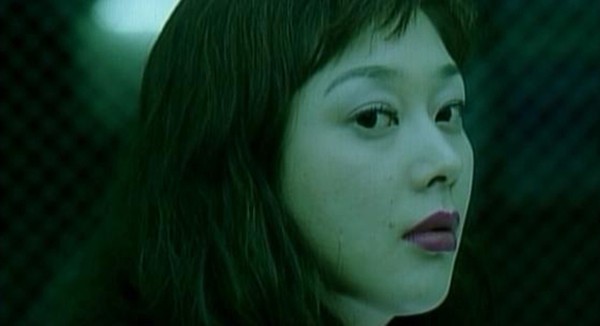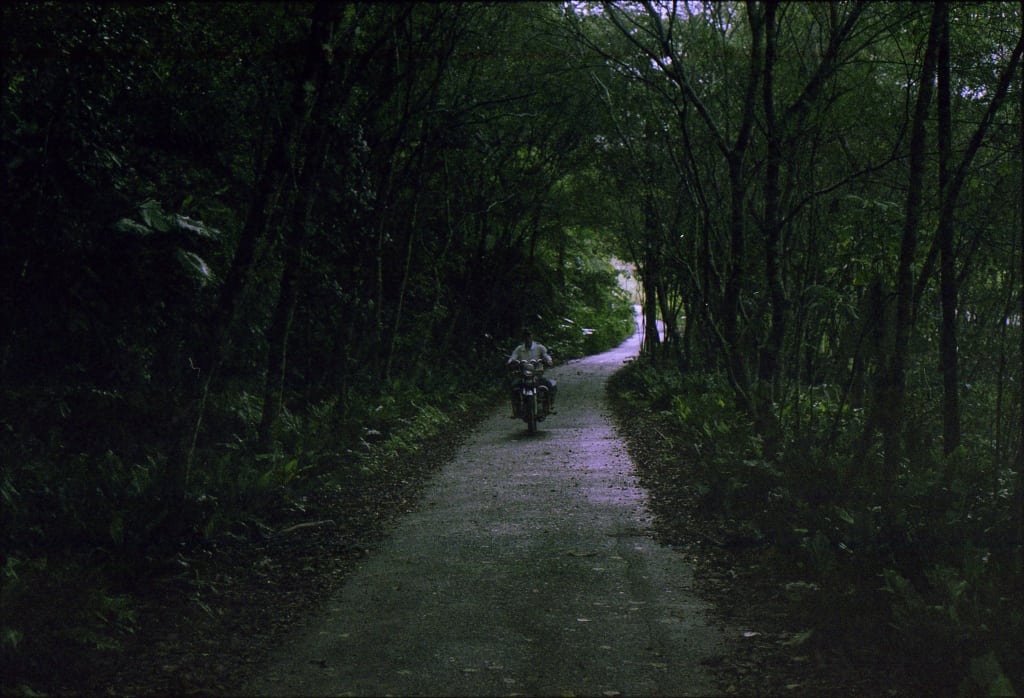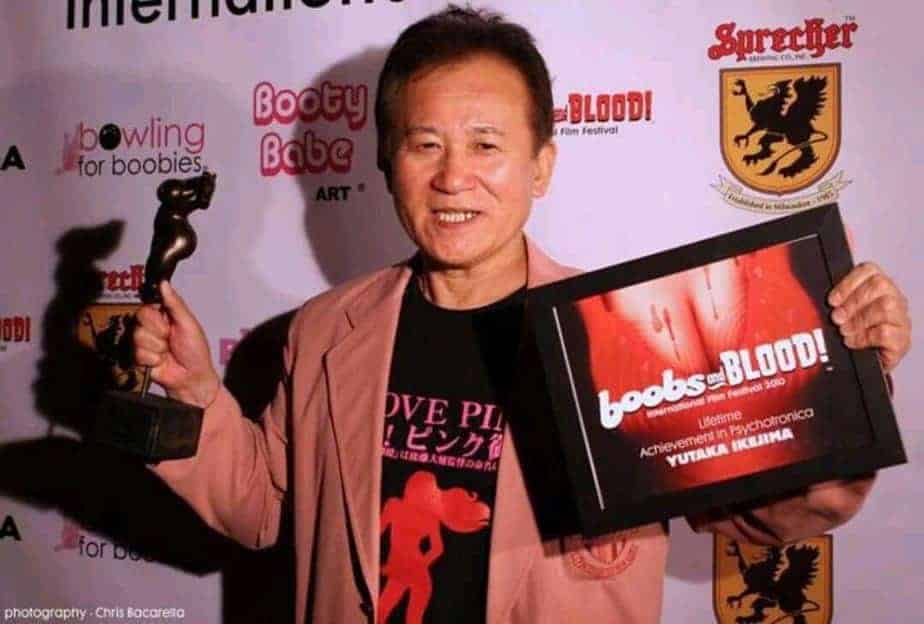As I have mentioned many times before, and despite popular (but quite misinformed) opinion, the pinku film has always been much more that an effort to titillate through soft-porn, since a number of filmmakers saw the freedom the medium granted them as an opportunity for utter creative freedom. One of the directors whose work is a testament to the fact is Takahisa Zeze, who proves the fact once more in this particular film, that is an erotic comedy as much as a family drama. The film won the Silver Prize at the Pink Grand Prix ceremony in 1999.
Anarchy in [Ja] Panty is available from Pink Eiga
By Using the code AMPFriend, you get a 25% price-off on all products of the website including subscription
The narrative is split in two arcs, which eventually intermingle, each one representing the two aforementioned categories. The first one revolves around three middle-aged friends, who definitely fit the term “losers”, as they spent all their free time with each other, either losing in table tennis or with prostitutes. One of them in particular, is quite perverted, since he always wears a diaper, in an effort to indulge his coprophilia, a concept that scares away even the prostitute he has hired, in one of the first scenes of the film. The other two, however, also seem to have similar issues, with the one who has a thing about asses ending up with a gassy prostitute, while the last one, Tatsutoshi, essentially the protagonist, ends up with a particularly bloody one, despite him being the most normal among the three. The said prostitute however, Mizuki, is one he has actually met before, when she visited the shop he was working with her son.
As Tatsutoshi and his not coprophiliac friend end up having relationships with the said prostitutes, the film takes a rather dramatic turn, as Mizuki's secret is revealed. Her son Yoshiki, is actually a boy she has kidnapped from his parents, raising him from that point on, as her own. Tatsutoshi eventually discovers her deed, but chooses to keep it a secret, even when tragedy hits the family. Ten years later, Yoshiki is a rather dysfunctional young man, who soon discovers his mother's secret.
The first part of the movie moves into a distinctly sexploitation path, filled with erotic scenes, rather crude humor and even a rather disturbing rape (yes even more disturbing than usual). The sex scenes benefit significantly from Yumeka Sasaki's performance and appearance, who fits her role excellently as Mizuki, with the erotic scene in the street being the highlight of her acting.

This part however, also serves in forming the base for the second part, which moves quite away from the erotic, essentially resulting in a very intriguing family drama, with a few notes of comedy.
Mizuki's fate is tragic, but through the revelation of the secret, the truly sad figure in the story is revealed to be Yoshiki, whose growing up is presented in a rather impressive sequence that highlights his relationship with Tatsutoshi and the reasons the young boy grew up to be an alcoholic delinquent. His plan to ransom the daughter of his actual parents is a testament to his character, as much as the ways he uses a gun to have sex with a girl that proves, though, eager to do so either way. Yukiko Izumi in the part takes the baton from Sasaki, with her scenes being equally sensual, and the one with the gun standing out.
And while this part takes a comedic turn briefly, the rather unexpected ending is shocking in dramatic fashion, essentially highlighting how damaged Yoshiki was by the actions of his adopted mother and Tatsutoshi's inability to help. At the same time, the tree in the middle of the street takes a symbolic hypostasis, as its presence is rather significant for the narrative, while a recurring sequence of a car moving in high speed towards it (in point-of-view shots) closes the circle that begun in the initial scene in the film in the best way.
This aspect, along with the growing up sequence, the kaleidoscopic sex scene in the beginning, and the overall acting of Kazuhiro Sano highlight the artfulness of the film, additionally through Koichi Saito's cinematography and Zeze's direction.
The crudity of the film in the first part may alienate some; however Zeze also takes care of presenting the man behind the perversion, with the scene in the public showing how disturbed he is, essentially giving him a small measure of depth.

If one were to move beyond this aspect however, the rather convincing drama will eventually come to the fore, in a film that could easily follow this path completely if it was not financed as pink film. Furthermore, the artistry will also eventually be revealed, even more so since “Anarchy in [Ja]panty” was shot on 35mm film, edited on analog flatbed editing equipment and pieced together within 3 weeks or so.
“Anarchy in [Ja]panty” is a testament to both the frequent quality of the pink film and Zeze's value as a filmmaker.
















